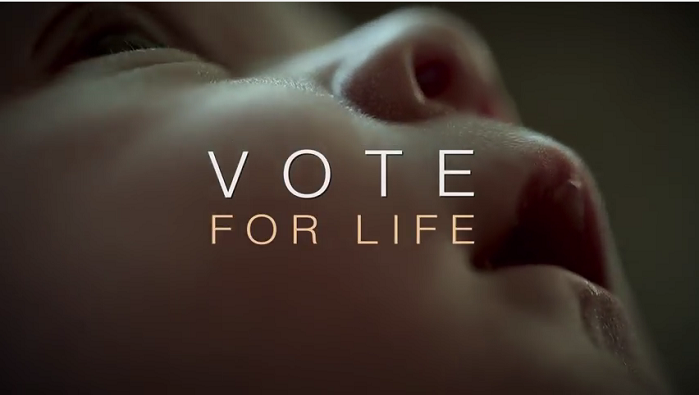Most of us are familiar with the term, “census” because we are familiar with the Christmas story of the Roman census that brought Mary and Joseph to Bethlehem. Every ten years, we also have a census in the United States. It serves to update population statistics and demographics, and also regulates the best way to distribute federal funds to local communities.
But another key function of the U.S. Census is to help determine the number of seats each state holds in the U.S. House of Representatives. As is well known, each state has two United States Senators, no matter how large or small the state is. Representation in the House, on the other hand, is determined by population.
Smaller states with lower populations, like Delaware, only have one representative while states with larger populations, like California, have 53 representatives. Since populations change with time, a census is necessary to stay updated and to ensure proper representation. If a population were to grow significantly, that state might require more representation in the House, “to fulfill the constitutional guarantee that each voter has an equal say” (Brennacenter.org). On the other hand, if a population has declined, that state might lose a seat or two. The process is called apportioning. When this happens, new lines for the Congressional districts must be drawn. This is what is called “redistricting”.
You might be wondering who gets to draw the lines. In most states, it comes down to state legislators, and governors have a veto. The process is actually intensely political, because the way lines are drawn can affect how much of the represented population is Republican versus Democrat in each district – and hence affect the outcome of elections. (See ncsl.org for more information.)
“Even when the population is divided equally, drawing the lines one way can reward Democrats and punish Republicans or vice versa. Some line-drawing can protect incumbents. Some line-drawing can guarantee they will face a potent challenger, either from their own party or the opposite party. Consequently, redistricting has a direct bearing on what matters a legislature chooses to tackle, and which to ignore,” (Brennancenter.org). For this reason, it can be a contentious project where nobody agrees.
When a legislature can’t agree, some states will then hold special commissions as backup mapmakers. Other states avoid this problem altogether by only allowing nonpartisan commissions, void of politicians, to draw up new lines. But not all states have those protections, and one party might have an imbalanced influence on the redistricting. An unchecked influence when drawing up district lines is called “gerrymandering” and it’s illegal because it can unfairly effect election outcomes that might protect incumbents (Brennancenter.org).
SUPPORT LIFENEWS! If you like this pro-life article, please help LifeNews.com with a donation!
The next census is in 2020, and the census data will be released in early 2021, after which the next redistricting cycle will begin. The connection with this year’s election is that it constitutes the unofficial start of this cycle, because many of those who will be in office when it is time to draw the new maps for Congressional districts will be elected this November. Specifically, this involves some 800 legislators and 30 governors. (See ncsl.org.)
There are many reasons to be motivated to elect, in the 2018 midterm elections, lawmakers and governors of the Republican Party, which upholds the right to life, the meaning of marriage, the blessing of religious freedom, the model of limited government and strong security, and much more. Among those reasons, pay attention to redistricting. We are planting the seeds now of how the winds of political power will blow four years from now and beyond.








